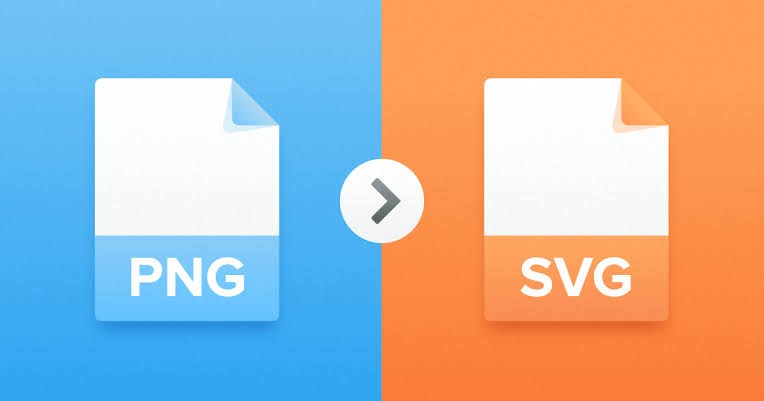Web design is a dynamic and constantly evolving field that combines creativity and technical skills to create visually appealing and user-friendly websites. In today’s digital age, having a strong online presence is crucial for businesses and individuals alike. Whether you’re an aspiring web designer or someone looking to enhance their existing skills, this article will provide you with a roadmap to learn web design effectively. From understanding design principles to mastering essential tools and technologies, let’s explore the key steps to embark on your web design journey.
Grasp the Fundamentals:
Before diving into the technical aspects, it’s essential to understand the core principles of design. Familiarize yourself with concepts such as layout, color theory, typography, and visual hierarchy. Study the principles of user experience (UX) design to create intuitive and engaging interfaces. Develop an eye for aesthetics and learn how to effectively communicate messages through design.
HTML and CSS:
HTML (Hypertext Markup Language) and CSS (Cascading Style Sheets) are the building blocks of web design. HTML defines the structure of web pages, while CSS determines the visual presentation. Begin by learning HTML tags, attributes, and basic document structure. Move on to CSS and grasp selectors, properties, and the box model. Practice creating simple web pages using HTML and CSS, and gradually progress to more complex layouts.
Responsive Web Design:
With the increasing usage of mobile devices, responsive web design has become a necessity. Responsive design ensures that websites adapt seamlessly to different screen sizes and devices. Learn about media queries, flexible grids, and fluid images to create websites that provide an optimal viewing experience across various devices.
JavaScript and jQuery:
JavaScript adds interactivity and dynamic functionality to web pages. Start by understanding JavaScript fundamentals, including variables, data types, and control structures. Learn how to manipulate the Document Object Model (DOM) to create interactive elements and handle user interactions. Additionally, explore jQuery, a popular JavaScript library that simplifies web development tasks.
Design Software and Tools:
To bring your design ideas to life, familiarize yourself with design software and tools commonly used in the industry. Adobe Photoshop and Adobe Illustrator are powerful tools for creating and editing graphics, while Adobe XD and Sketch are widely used for designing website mockups and prototypes. Additionally, learn version control systems like Git to collaborate with other developers and manage project versions efficiently.
Stay Updated with Web Trends:
Web design is a field that continuously evolves, with new trends, technologies, and best practices emerging regularly. Stay up-to-date with industry blogs, forums, and design communities. Follow influential designers on social media platforms and participate in online design challenges. Continuously expanding your knowledge will help you stay ahead and deliver modern, innovative designs.
Practice and Build a Portfolio:
As with any skill, practice plays a crucial role in mastering web design. Undertake small projects to implement your learnings and gain hands-on experience. Start building your portfolio by showcasing your best work. A strong portfolio not only demonstrates your skills but also serves as evidence of your expertise to potential clients or employers.
Conclusion:
Web design is an exciting and ever-evolving field that offers ample opportunities for creativity and growth. By understanding design principles, mastering HTML, CSS, JavaScript, and staying updated with the latest trends, you can embark on a successful web design journey. Remember, practice and hands-on experience are key to honing your skills. So, roll up your sleeves, dive into the world of web design, and unleash your creativity on the digital canvas.



